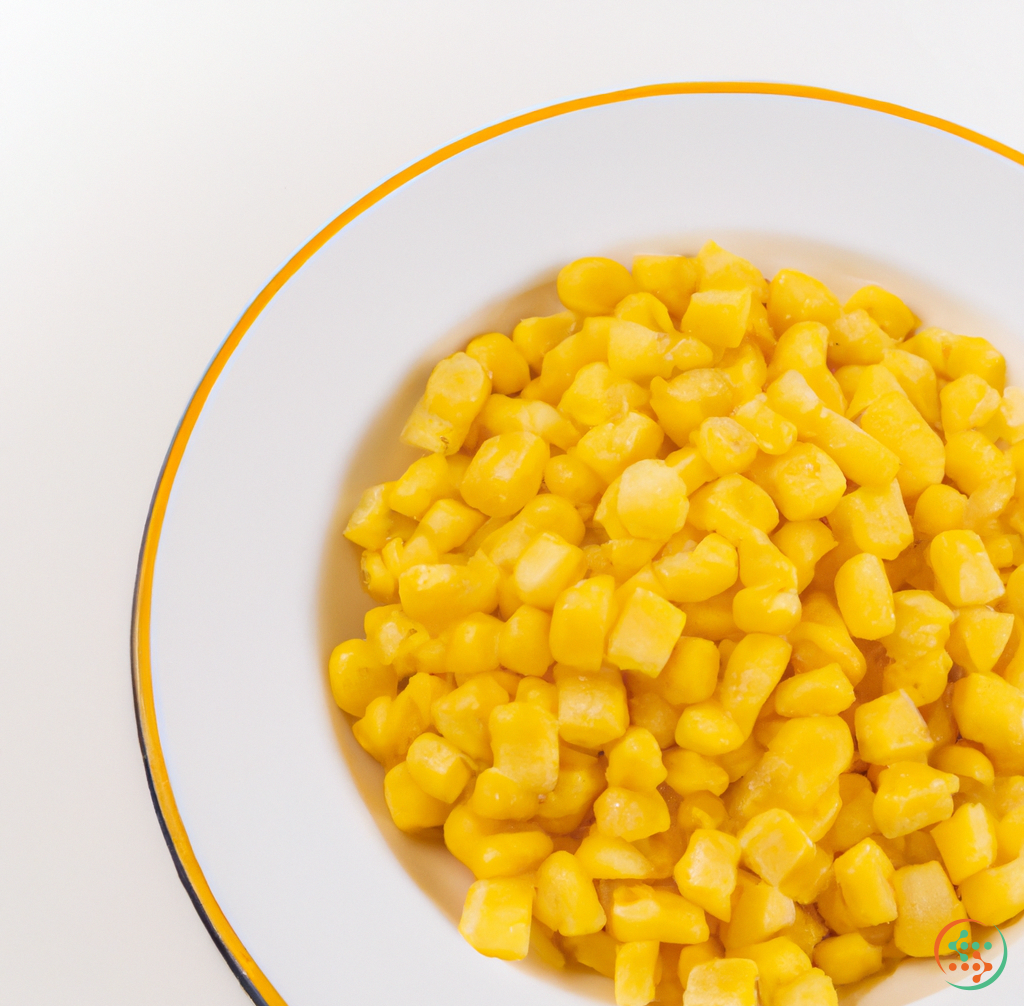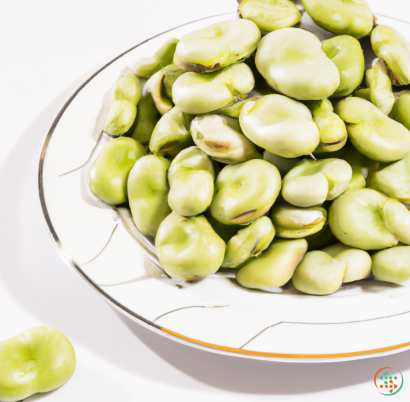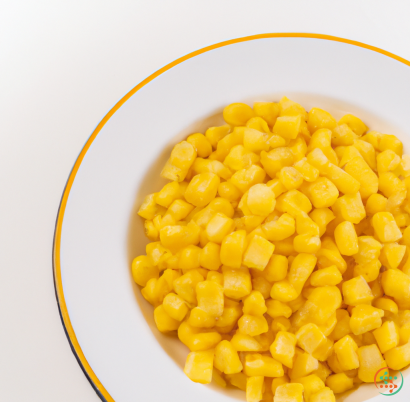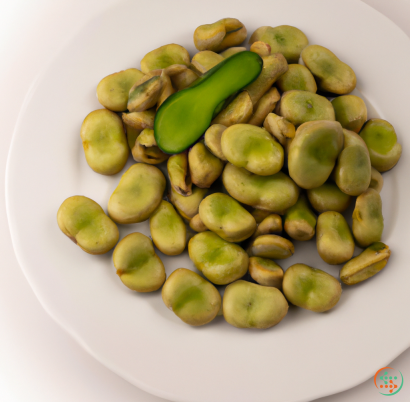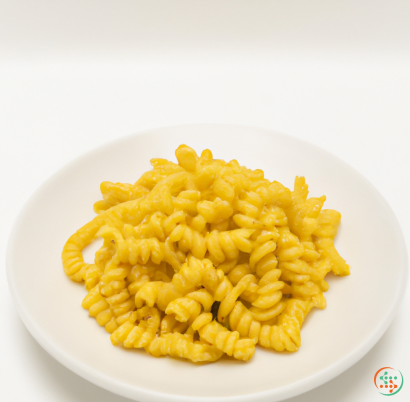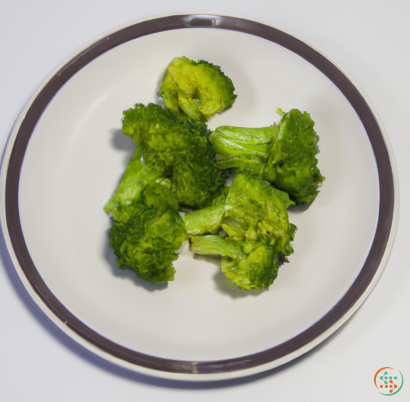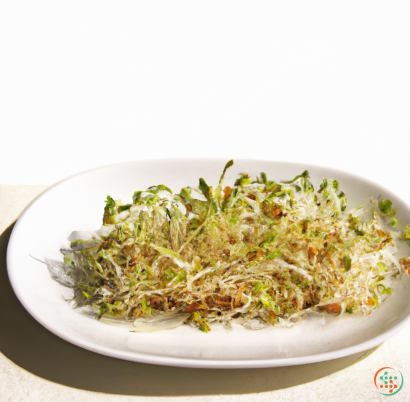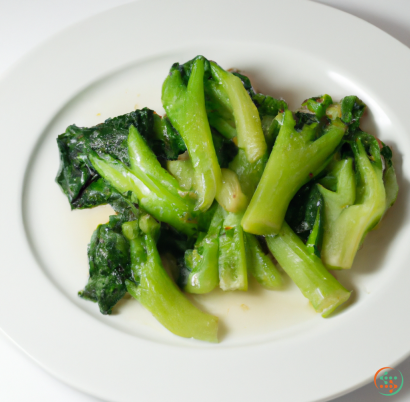Canned Corn
Canned corn, a staple of many pantries, is a convenience item that is used in many kitchens worldwide. Canned corn is made up of corn kernels that are harvested, cooked, and then packed into cans or jars. It's a convenient, ready-to-eat food that makes it easy to include corn in many recipes.
The history of canned corn goes back centuries. The first canned meal was documented during the Roman Empire, where cooks cooked and packed vegetables in sealed jugs. This is believed to be the predecessor of today’s canned corn.
The invention of canning in 1810 made preserved foods widely accessible to people around the world. Canned corn was one of the first foods canned, and quickly became a popular choice for meals. After the invention of the modern mechanical can opener, canned food became even more widely available.
Today, canned corn is typically harvested from sweet corn cobs, usually white or yellow, but there are other varieties such as bi-color and creamed corn. The corn is then blanched and packed into either cans or jars. The canning process preserves the corn, allowing it to have a shelf life of several years.
In terms of nutrition, canned corn contains many of the same nutritional benefits of fresh corn. It is high in fiber and a good source of B vitamins, folate, and vitamin A. It is also low in fat and calories, making it a healthy choice for meals.
Canned corn can be eaten as a side dish on its own, added to salads, used in soups, or incorporated into a main dish such as casseroles. It can also be heated and served as a side dish with butter or salt. It is also a great ingredient to make cornbread, pancakes, or muffins.
When purchasing canned corn, look for cans or jars that are free from dents or bulging at the seams, as this could indicate damage or spoilage. Also, check the expiration date and make sure that the can or jar has been stored in a cool, dry place.
When ready to cook, remove the can or jar from the refrigerator and use it within a few days. If the corn is from a can, open the can with a can opener and rinse the corn in a colander to remove any liquid or salt. If the corn is from a jar, it can be cooked without additional rinse.
To prepare the canned corn, heat a pan with some oil or butter and add the can or jar of corn. Cook for a few minutes and stir the corn to make sure it’s evenly heated and salted. Serve in your favorite dishes, as desired.
Canned corn makes it easy to enjoy fresh, delicious corn all year round. Because of its convenience and long shelf life, it is a staple in many pantries and kitchens. Whether you enjoy it on its own, as a side dish, or incorporated into recipes, canned corn is a great addition to many meals.
Canned Corn: How it Travels From Crop to Plate
For many of us, corn is a staple part of our dinners. Whether it’s roasted, boiled, grilled, or as an ingredient in many other dishes, it’s an essential and versatile part of any kitchen. Now, when it comes to corn, many of us will likely think of canned corn first. Canned corn can sometimes be even tastier than fresh, and sometimes more convenient. But how does it get from the crop to our dinner plate? Let’s take a closer look at the process and see how the humble can of corn ends up at our tables.
The Growing Process
Corn, also known as maize, is one of the most widely cultivated grains in the world. It has been a staple food for many cultures for thousands of years, and is now grown in over 70 countries, making it one of the most popular grains globally. In the United States, corn is mostly used for animal feed. As far as edible corn, 80% is used by the food industry, with 15% of that used for canned corn.
The growing process is fairly simple. Corn seeds are planted in the spring, and then fertilized to help the plants grow. The fertilization depends on the variety, but a balanced fertilizer will work well with many of the more common types. The corn is then watered daily throughout the growing process. The corn is ready to be harvested when the stalks turn brown, usually around late summer to early fall.
Harvesting
Once the corn has matured, it needs to be harvested. This is usually done by hand or with machines, such as a combine or picker. Machines are used mostly for commercial harvesting, as they can do the job much faster. The corn is then sorted into different categories based on size, color, and ripeness.
The corn is then taken to a processing plant to be canned. The processing plant will usually use machines to inspect and remove any impurities, such as dirt, rocks, or fungi. The corn is then cleaned and sorted again, before it is blanched (heat treated) to preserve flavor and nutrients. This blanching also helps the corn stay firm and prevents it from becoming mushy during the canning process.
Canned Corn Process
Once the corn is ready, it is transferred to the canning line. This is where the corn is heated and placed in cans, along with special additives (such as salt, sugar, and preservatives) to help give it flavour and also preserve it. The cans are then sealed with lids and extensively tested for any leaks in a special pressurizing machine. Once they pass the test, they are ready to be shipped off to the supermarket.
The canned corn is then transported to a supermarket or convenience store, where the cans are stocked on the shelves, waiting to be purchased. Once a customer buys a can, the process is complete and the corn is officially on its way to the dinner plate.
Nutrition in Canned Corn
Canned corn is a great way to get the nutritional benefits of corn without the hassle of having to prepare and cook it. Canned corn is packed full of essential vitamins and minerals, such as Vitamin A, Vitamin C, and potassium.
It also provides dietary fiber, which is important for maintaining a healthy digestive system. And because it is canned, it has a longer shelf life than fresh corn, so you don’t have to worry about it going bad in a few days.
Conclusion
So as you can see, canned corn goes through quite the journey in order to make it to your dinner plate. From the growing and harvesting process, to the canning and shipping, to finally showing up at the store, canned corn has a long way to travel before it reaches the tables of hungry customers. But the effort is worth it, as canned corn is not only convenient, but also nutritionally sound. So next time you’re served a meal with some canned corn on the side, give a quick thought to all the work that went into getting that corn to your plate.
| Vitamin A | 0.002 mg | |
| Beta-Carotene | 0.014 mg | |
| Alpha-Carotene | 0.006 mg | |
| Vitamin E | 0.09 mg | |
| Vitamin C | 0.0018 grams | |
| Vitamin B1 | 0.04 mg | |
| Vitamin B2 | 0.09 mg | |
| Vitamin B3 | 0.00101 grams | |
| Vitamin B4 | 0.0178 grams | |
| Vitamin B5 | 0.21 mg | |
| Vitamin B6 | 0.04 mg | |
| Vitamin B9 | 0.036 mg |
| Calcium | 0.003 grams |
Daily Value 1.3 g
|
| Iron | 0.27 mg |
Daily Value 0.018 g
|
| Magnesium | 0.013 grams |
Daily Value 0.4 g
|
| Phosphorus | 0.046 grams |
Daily Value 1.25 g
|
| Potassium | 0.132 grams |
Daily Value 4.7 g
|
| Sodium | 0.205 grams |
Daily Value 2.3 g
|
| Zinc | 0.32 mg |
Daily Value 0.011 g
|
| Copper | 0.03 mg |
Daily Value 0.9 mg
|
| Manganese | 0.07 mg |
Daily Value 0.0023 g
|
| Selenium | 0.6 ug |
Daily Value 0.055 mg
|
| Tryptophan | 0.021 grams | |
| Threonine | 0.069 grams | |
| Isoleucine | 0.072 grams | |
| Leucine | 0.285 grams | |
| Lysine | 0.215 grams | |
| Methionine | 0.053 grams | |
| Cystine | 0.035 grams | |
| Phenylalanine | 0.106 grams | |
| Tyrosine | 0.088 grams | |
| Valine | 0.108 grams | |
| Arginine | 0.095 grams | |
| Histidine | 0.062 grams | |
| Alanine | 0.185 grams | |
| Aspartic Acid | 0.161 grams | |
| Glutamic Acid | 0.453 grams | |
| Glycine | 0.083 grams | |
| Proline | 0.287 grams | |
| Serine | 0.127 grams |
| Glucose | 0.28 grams |
|
| Fructose | 0.18 grams |
|
| Sucrose | 3.9 grams |
|
| Maltose | 0.08 grams |
|
| Total Sugars | 4.4 grams |
per 100g
|
| Palmitic acid (16:0) | 0.19 grams |
|
| Stearic acid (18:0) | 0.04 grams |
|
| Arachidic acid (20:0) | 0.01 grams |
|
| Total Saturated fatty acids: | 0.24 g | |
| Oleic acid (18:1) | 0.37 grams |
|
| Total Monounsaturated fatty acids: | 0.37 g | |
| Omega-3 Alpha-linolenic acid (18:3) | 0.02 grams |
|
| Linolenic acid (18:3) | 0.02 grams |
|
| Linoleic acid (18:2) | 0.48 grams |
|
| Total Polyunsaturated fatty acids: | 0.52 g | |
